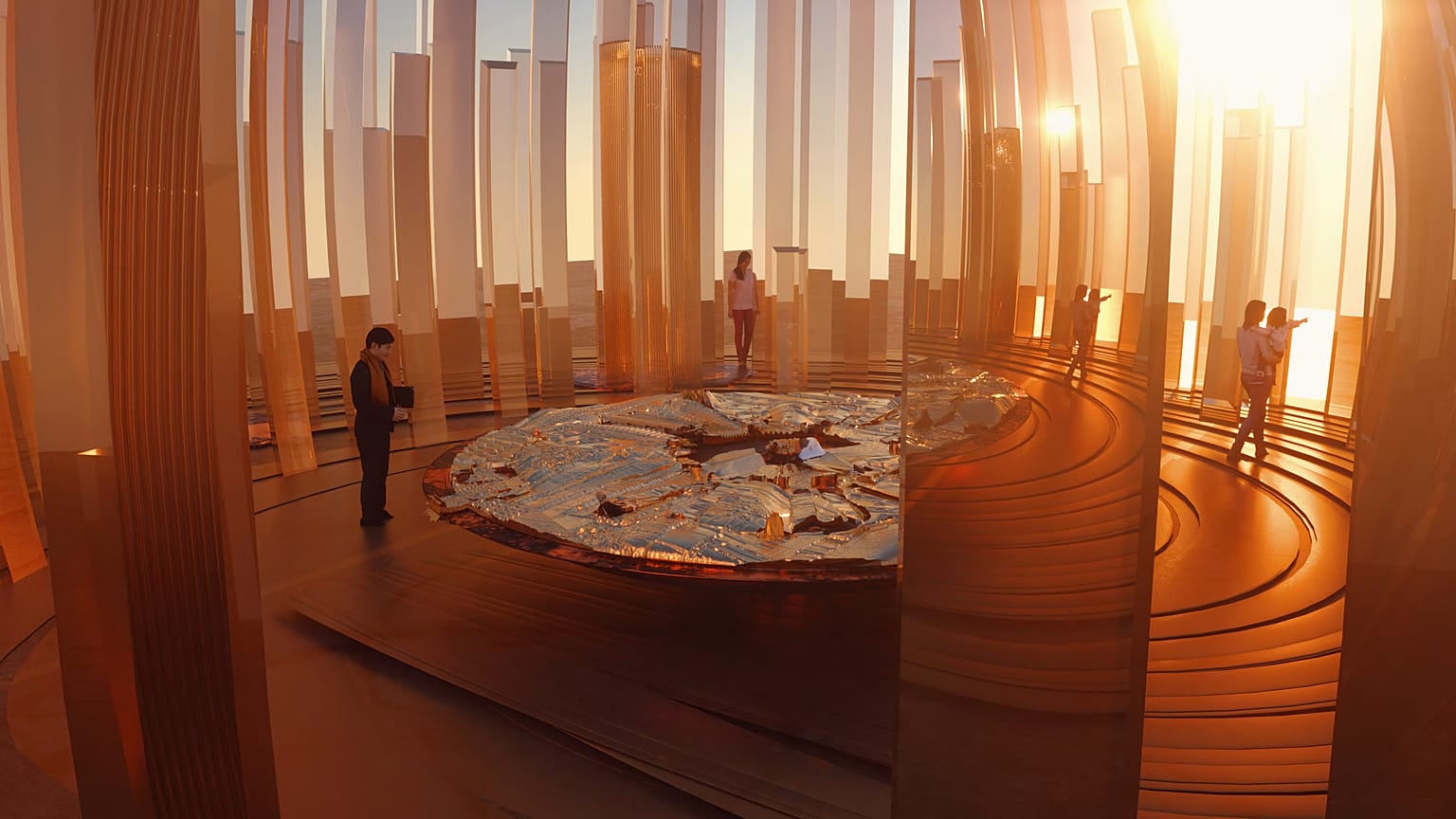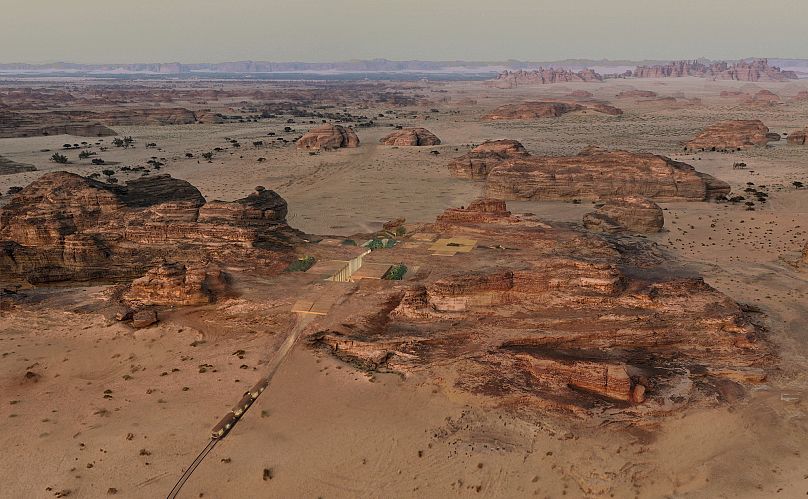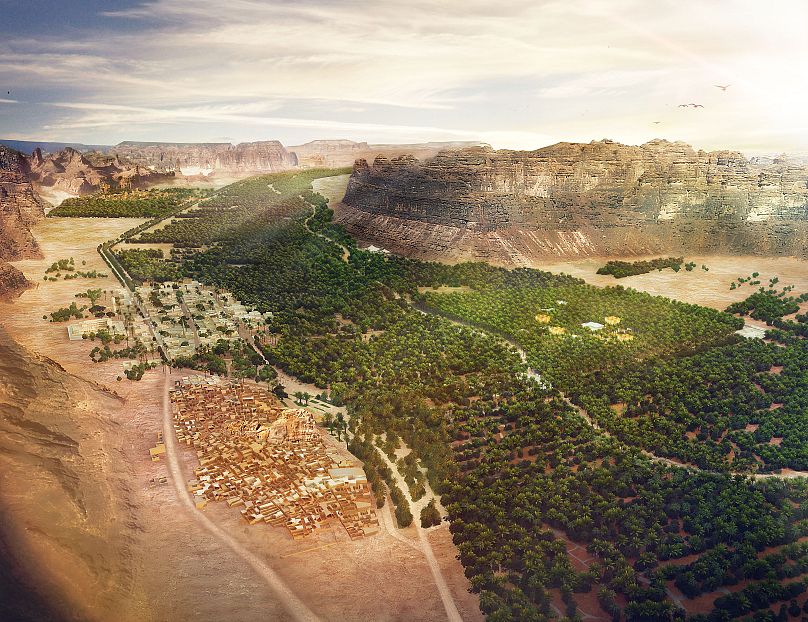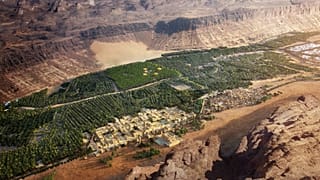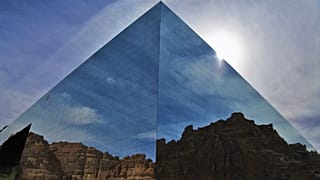A region of historical and natural importance in the north-west of the country has become the focus of an ambitious development project. A vast area of sandstone rock formations and lush valleys, AlUla contains some of the world’s most impressive monuments, some of them dating back millennia.
Its US$15 billion regeneration, under the aegis of the ‘Journey Through Time’ masterplan, presents an exciting opportunity for responsible investment in public-private partnership.
Seed funding from the government already amounts to US$2 billion and aims to de-risk any future investment from potential partners. It has been invested in development projects that include the expansion of AlUla International Airport, the creation of key touristic sites such as multipurpose events venue Maraya and the Ashar Estate, and a strengthening of the region’s infrastructure.
“The Journey Through Time masterplan is an important opportunity to showcase AlUla’s full potential. By de-risking investment opportunities and creating a robust governance framework, we have created a platform for responsible and sustainable development to regenerate a unique location featuring a UNESCO World Heritage Site,” said Amr AlMadani, Chief Executive Officer of the Royal Commission for AlUla (RCU).
The fascinating region of AlUla
Those involved in the project describe AlUla as ‘the world’s largest living museum’, a place where ancient monuments rise from the sand.
For the purposes of tourism, the ‘Journey Through Time’ has divided the cultural and natural attractions of the area into five districts, with a converted riverbed, the ‘Wadi of Hospitality’, running through them.
The first district is AlUla Old Town, an intriguing maze of centuries-old alleyways and buildings constructed of mud. Next to it are the leafy gardens of the restored oasis.
At the other end, the fifth district is Hegra, Saudi Arabia’s first UNESCO World Heritage Site. Hegra was the second city, after Petra, of the Nabataean kingdom.
Sitting at the crossroads of the former silk and incense routes, Hegra once generated considerable wealth as a trading post, something that is reflected in the elaborate facades of more than 110 monumental tombs.
Between Hegra and AlUla Old Town, visitors will be able to see a number of archaeological and cultural sights, as well as 15 newly constructed galleries and museums. Not to be missed is the ‘open-air library’ at Jabal Ikmah. Here the rock faces are inscribed with a wealth of petroglyphs – messages and thoughts in ancient languages.
Occasionally contrasting but always in harmony with their historic surroundings, are eye-catching modern constructions such as the mirrored Maraya concert hall and the tented villas of the Ashar Estate.
Preserving heritage while generating economic growth
Unveiled by His Royal Highness the Crown Prince Mohammed bin Salman, the ‘Journey Through Time’ project forms a part of Saudi Arabia’s Vision 2030. This national transformation will see the country opened up to the world, experiencing new levels of economic diversification and the creation of new opportunities for growth and investment.
Within the framework of this plan, the RCU was set up in 2017 to develop AlUla as a region of outstanding natural and cultural significance. The commission’s long-term strategy sets out a responsible, sustainable and sensitive approach to development, with a view to making AlUla an attractive location in which to live and work, as well as to visit.
Multiple investment opportunities exist across various asset classes – cultural projects, social infrastructure, utilities and transport, hospitality, commerce and residential projects.
By 2035, a robust tourist industry should see a total of 9,400 rooms – including the 5,000 being outlined in the Journey Through Time masterplan – spread across hotels, eco-tourism resorts, luxury lodges and ‘canyon farms’, carved into the sandstone rocks. Global brands such as Accor/Banyan Tree, Aman and Habitas have already partnered with RCU, and leading architecture firm Atelier Jean Nouvel is behind a unique property that will echo the 2,000-year-old architectural legacy of the Nabataean kingdom.
Environmental criteria inform every step
Key drivers of Vision 2030 include a commitment to creating a circular economy and lowering carbon emissions.
“Responsible investment can deliver strong business opportunities and investment returns, whilst also helping to address urgent social and environmental concerns,” said Amr Almadani, CEO of the RCU. “For our partners around the globe, this is an opportunity to be at a new frontier of environmental, social and economic growth.”
Strategies for ensuring AlUla’s future as a sustainable development destination include a 46km low-carbon tram line, increased capacity for clean power – with at least 50 per cent of energy supplied by renewable sources – and a water conservation programme.
The masterplan adheres to the guidelines of the Saudi Green Initiative and will see AlUla’s green spaces grow to 10 million sq m, with increased biodiversity at the forefront.
The development strategy is also guided by the AlUla Sustainability Charter, which lays out the foundations of a carbon-neutral strategy and circular economy principles. It also details policies for the preservation of heritage sites and environmentally sensitive areas, as well as flood and water management.
“With US$3.2 billion reserved for priority primary infrastructure, the development of AlUla will be anchored in building strong foundations as well as safeguarding AlUla’s cultural and heritage assets,” says Amr Almadani.
To find out more about investing in AlUla, visit: https://ucl.rcu.gov.sa/en/investment

